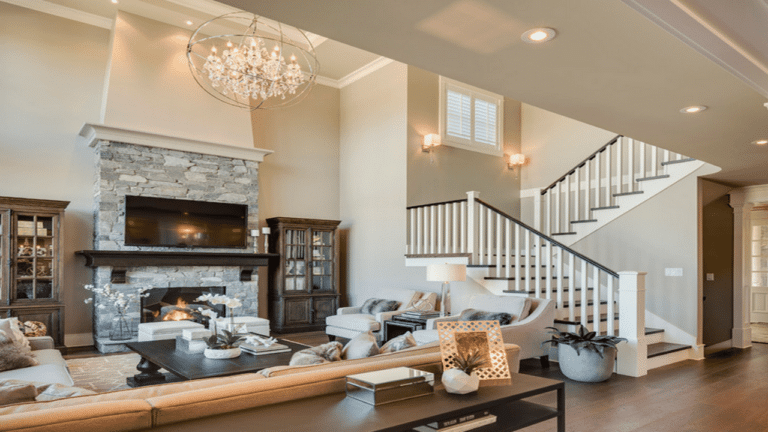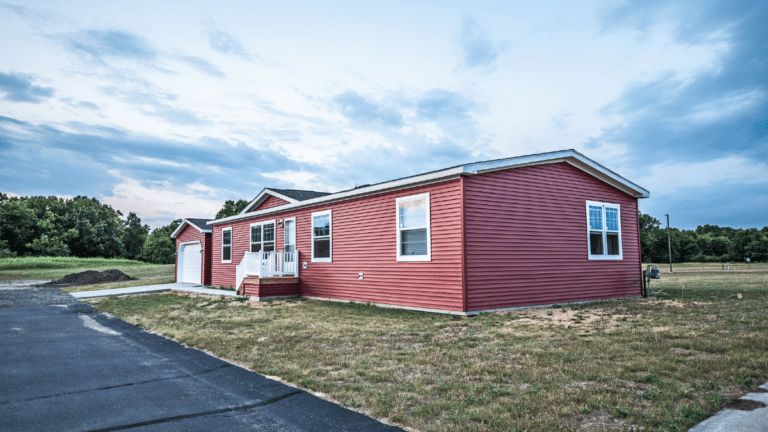I think we can all agree that we are living through some crazy times right now, and having a solid savings account is arguably more important than it has ever been. Whether you’re saving up for a down payment or closing costs for your new home or simply just want to have something tucked away for emergencies – having money stored up can be beneficial to each and every one of us.
The best way to start building your savings up is to establish a budget. Budgeting can seem complicated and, at times, even impossible. But today I’m going to explain a few tips and tricks that anyone can do to grow their rainy-day fund.
Where do I begin?
Budgeting can be overwhelming, and you may be wondering – how do I even get started? How do I even begin to make a budget? The first step you’re going to want to take is to crack open a notebook and calculate what you absolutely need to spend each month. Think about all of the things that you have to pay or put money towards no matter what.
Next, we’re going to take into consideration things that you want to have money for each month – think of things that make your life better or easier outside of your basic needs, without going too crazy. After that, we’re going to set a goal for what we would like to put into savings each month. From there, we’ll calculate what we have left of our income to put towards this savings goal and tweak our numbers from there.
What are my needs?
What we’re going to want to take into consideration first and foremost is the items that MUST be paid each month. You need all of these things in order to survive and function well. A list of these should include:
- Rent/mortgage payments
- Utilities – water, electricity, WiFi (let’s face it, this is basically a necessity in this day and age), etc.
- Gas and car payment, or other transportation
- Childcare – exclude this if it’s not a necessity for you specifically
- Insurance – also can be excluded if you do not have insurance or if it already comes out of your check
- Groceries – this includes household items such as toilet paper, toothpaste, etc. as well
Before we can even think about what we want, we have to establish what we need. This list above is a good starting point for that. Breakdown how much money to satisfy your need for each of these items. Later on, we can come back and see if there’s any room for improvement in any of these categories (for example: am I spending more than I need on groceries?) if need be.
What makes me feel better?
Believe it or not, budgets do not have to include only things that we need for survival. Trying to budget yourself to only putting money towards basic needs and savings will eventually drive you crazy.
Now, ideally this will be the category that you put the least amount of money towards, or else you may not be able to reach your savings goals. But nonetheless, this is important for your mental and emotional well-being. A list of your “wants” may include:
- Entertainment – movie theaters, date nights, putt-putt, bowling, etc.
- Eating out – cooking all of the time can be exhausting, and while you should be budgeting this to where you’re eating at home most of the time, giving yourself an allowance to get take out once or twice a month is fine, too
- Gym membership
There can be more or less to this, but you get the gist. Like I said, if you have big savings goals, this should be your smallest bucket that you put your money into.
What are my savings goals?
So, now you have an idea of what your costs for each month are. Let’s think about what your goals are.
- If you’re saving up for a down payment, how much do you want to put down? (Hint: we have a blog for that, too.)
- If you’re just saving up for emergencies, how much of a cushion do you want to have?
Not only do we need to think about how much we want to save, we also need a timeframe in mind to efficiently calculate how much we need to save per month. You may want to save $7,000 in 6 months, or maybe you want $20,000 in a year. This will vary from person to person. Here’s some math from those 2 examples:
$7,000 in 6 months: 7,000 / 6 = $1,166 per month
$20,000 in a year (or 12 months): 20,000 / 12 = $1,667 per month
You’ll be able to adjust these numbers or rethink your goals once we put it all together and subtract your income in this next section.
Does this work with my income?
You have an idea of how much you need to spend for each portion of your life and a general idea of what your goals are. Now’s the time to put it all in motion and see how it works for your income.
Look at your paychecks and how much you make per pay period, use that to calculate what you make for the year, and then divide that by 12 for what you’ll make in a month.
Take that monthly total and subtract your amount set aside for your wants and needs, and see what is leftover. Ideally that will be enough (or even more) than what you need to cover your goals for your savings.
Example: Steve brings home $1,250 each pay period, he gets paid weekly. At 52 weeks per year, Steve will make $65,000.
$65,000 divided by 12 months per year will give Steve $5,416.67 per month to work with.
Steve’s basic needs cost him approximately $3,000 per month and he would like to set aside $800 per month on things that he likes to do. This means Steve will subtract $3,800 from his monthly income of $5,416.67, which gives him $1,616.67 to put towards his savings.
Steve has a goal of saving $20,000 in one year. This means that Steve is just about $50 short of the amount he needs per month.
So, what should Steve do next? Well, ideally Steve will look back on his “wants” list and cut out something that he may not really have to have in order to save that extra $50 per month. Another thing he can do is to examine something flexible like his grocery bill, and see if he can cut out $50 out of that.
Putting it all together
It’s time to execute your budget! You have what you need to save per month and all of your expenses listed, all you have to do now is put it into action! A good pro-tip for doing this is to take it a step further and breakdown your expenses by pay-period after you’ve calculated your total monthly amount, so you can see how much you need to save per check.














